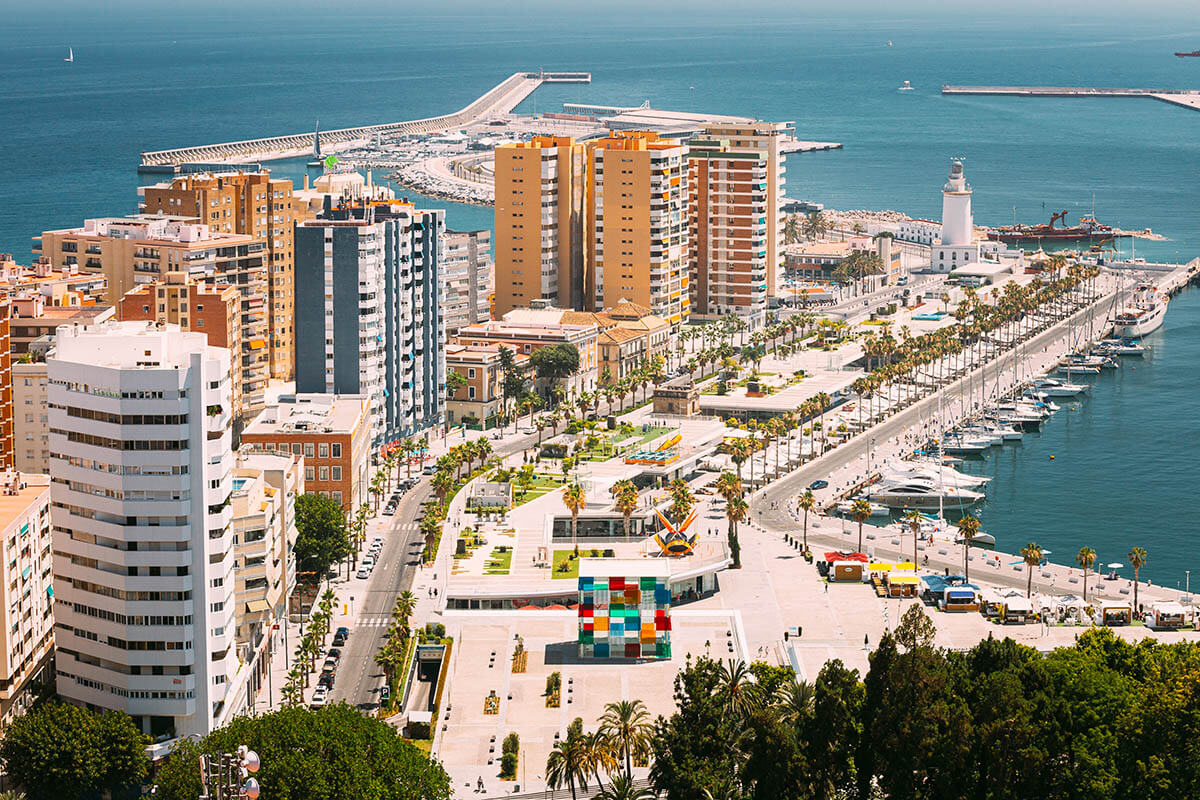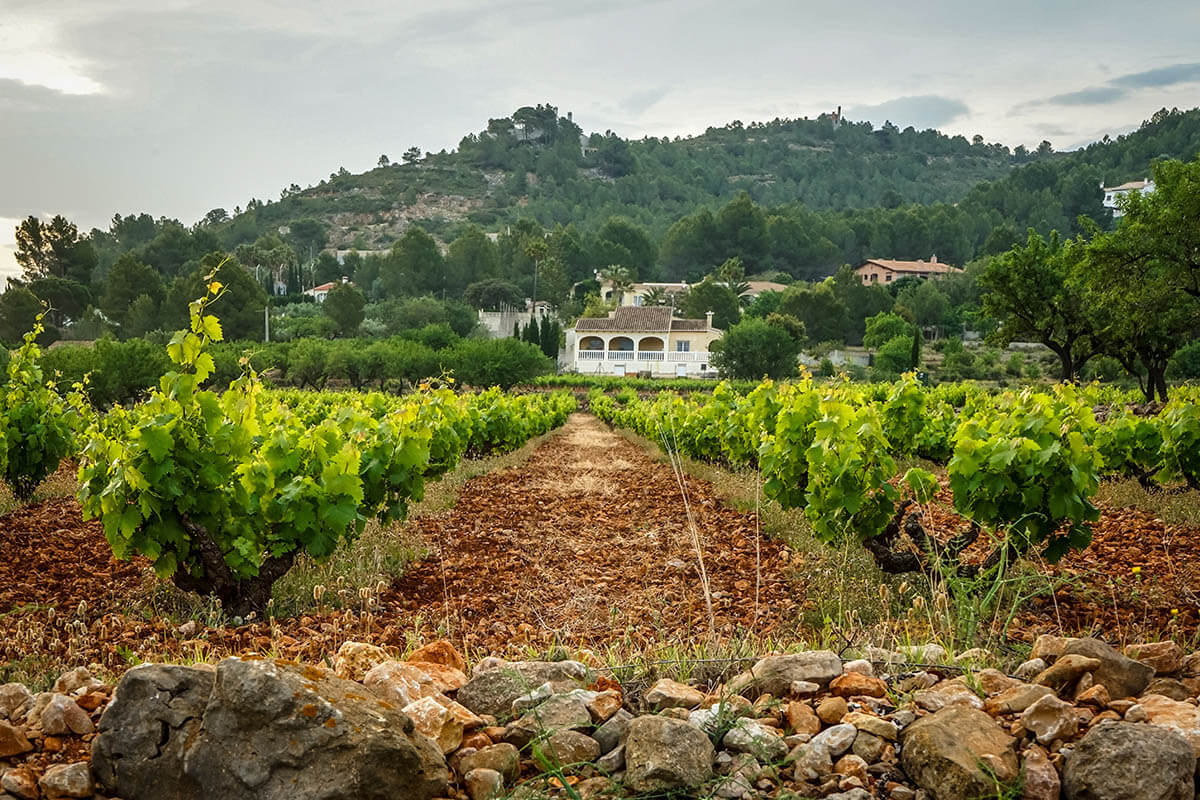
The Spanish real estate market is reviving and surviving the impact of the Covid-19 pandemic but in new realities. The number of people wanting to buy Spanish property in 2021 has increased. In this article, you can find an overview of prices and trends in the development of the real estate market in the coming years.
Content
- Features of the Spanish real estate market
- Dynamics of real estate prices in Spain after the crisis
- Innovations in legislation
- Development prospects of Spain’s real estate market 2021-2022
- Property prices in Spain
- We will help you buy property in Spain!
Features of the Spanish real estate market
After 2020 was marked by the coronavirus epidemic, the real estate market in Spain is returning to its previous levels. Measures taken to contain the infection slowed down price stabilization, mortgage lending and sales.
Most experts assume that the second half of 2021 will take place under the umbrella of transaction recovery. At the same time, the consequences of the pandemic will be reflected in the cost of housing for a long time.
It is the distribution of the vaccine among citizens that is of great importance. According to European Union forecasts, in Spain, about 27,000,000 people were vaccinated as of June - close to 70% of the population. Having achieved the coveted collective immunity, the Spanish economy will recover.
Technology, new housing and customer orientation will help accelerate the return to a pre-crisis reality.

Dynamics of real estate prices in Spain after the crisis
Changes in Spanish real estate prices:
- Prices for the purchase and sale of housing continue to rise.
-
Rental prices are decreasing only in large cities at the moment. Thus, in Barcelona, Madrid, Valencia, Seville or Malaga, prices have dropped by up to 10%. In the Balearic and Canary Islands, prices have been declining for several months after reaching a maximum in 2019 and 2020.
The reason for this decline is related to the fall in demand for the tourism market during the pandemic, as well as the attraction of foreign workers and students.
However, in other areas, the price is still growing. For example, in La Rioja by 10.3% or in Asturias by 8.4%. Since there has not yet been a higher price cap compared to 2007-2008, prices will possibly continue to moderately rise throughout 2021.
- Sales and purchases have experienced the largest decline in 11 years. However, housing prices have continued to rise and rental prices have been growing unevenly across Spain.
- Real estate price growth in 2021 is very moderate.
- In the third quarter, prices are projected to decline by 4-5%.
Innovations in legislation
The housing market in Spain has a number of problems that had been addressed for many years by various legislative norms. However, in 2021, a new Housing Law is being developed to address many of the Spanish housing issues.
The most notable problems of the Spanish market are:
- Lack of supply. In Spain, rental housing has long been in short supply so prices are high and finding a suitable apartment is very difficult. The country needs more than 2,000,000 properties to rent with a significant proportion of this needing to be secure and affordable.
- Lack of social housing. Already in 2018, a fall in the construction of sheltered housing was recorded to levels in the 50s.
- High prices for apartments. Rental prices in Spain remain high, especially in major cities.
- Inappropriate contractual terms. Lack of supply in some cases leads to illegal conditions being introduced in lease agreements (high rent, large amounts of prepayment, very strict credit conditions).
Changes to the new housing law
The new housing law will include various changes although it is not yet clear what will be passed as it is still under development. Some of the changes are as follows:
- Renting out a share in social housing by large owners. Owners of large properties must allocate 30% of their housing to social rent and receive tax breaks.
- Regulation of the rental price especially in areas where it is excessively overpriced. However, if prices are controlled, there will be less supply, more difficulty in accessing housing, more legal uncertainty, and less investment.
- Tax on empty houses (new tax or surcharge to real estate tax, IBI). Another option to increase the supply of rental housing is to create a new tax levied on vacant homes or add a surcharge to the IBI. However, the problem lies in the definition of “empty housing”.
- Eviction respite. The eviction of tenants was highly controversial during the previous economic crisis. Thus, the question was raised of amending the Law “On Civil Procedure” so that a tenant in the process of eviction could, citing their insecurity, suspend the eviction for 1 to 3 months.
- Tax credits for landlords who give discounts to tenants. One of the ways to increase the supply of rental housing is through tax incentives. For example, you can regulate an overall income tax cut for those homeowners who rent out at a reduced rent. Ultimately, it is clear that rental housing in Spain needs reform which will be possible thanks to the new Housing Law.

Development prospects of the Spanish real estate market in 2021-2022
The most significant trends in the Spanish real estate sector in 2021-2022:
- Development of the logistics sector. Mobility restrictions have increased the number of online purchases and home deliveries are in demand. For this reason, logistics centers are constantly appearing on the outskirts of large cities to cover this demand, thus, attracting investors to buy property in Spain.
- Increase in available rent and Build-to-Rent.
- Construction of new houses will be accompanied by a number of directions:
- Private real estate does not meet the expectations of people who have been isolated for a long time so the demand for another, more spacious, bright and remote housing has increased. In the third quarter of 2020, the purchase and sale of single-family houses in Spain accounted for 20.4% of the total volume of transactions.
- Decrease in foreign investments. The number of real estates purchased by foreigners, such as apartments in new buildings in Spain, has decreased due to mobility restrictions. However, in the medium to long term, Spain can be expected to continue to attract foreigners due to its coastal regions, climate and endless possibilities.
- Digitization has changed the way homes are sold. Currently, you can take virtual tours using your mobile phone, sign documents electronically or apply for a mortgage online.
- Availability of flexible offices. Over the past year, offices have gradually evolved into a network of home-based companies. Office flexibility isn't the only model for telecommuting but other trends are becoming more important, such as workspaces on-demand or coworking. Between 2001 and 2018, the number of square meters allocated for flexible workspaces increased from 200 000 to 900 000 according to a report by the commercial real estate consultancy Colliers.
- Demand for tourist property. While mobility has affected tourism and therefore foreign investment, the spread of vaccinations predicts the return of foreigners buying housing in Spain. In today's environment, there is increasing interest from core/core + investors, investors who want to transform and generate asset value, as well as investors who understand that opportunities are opening up in everything related to tourism (hotels, mainly).
- Investor interest in sustainable assets especially in senior citizens' houses and student residences.
Thus, the Spanish real estate sector will develop and adapt to the future.

Property prices in Spain
In May, the price per square meter in Spain was 1 805 €.
Changes in property prices for May 2021 are presented in the table below.
| Location | Price for m2 in May 2021 | Monthly dynamics | Quarterly dynamics | Annual dynamics | Historical maximum | Maximum dynamics |
|---|---|---|---|---|---|---|
| Spain | 1.805 € / m2 | 0,6% | 1,9% | 4,4% | 2.053 € / m2 June 2007 | -12,1% |
| Andalusia | 1.687 € / m2 | 1% | 2,6% | 2,4% | 1.924 € / m2 July 2006 | -12,3% |
| Aragon | 1.323 € / m2 | 0,3% | 1,4% | 0,8% | 1.924 € / m2 November 2007 | -31,2% |
| Asturias | 1.349 € / m2 | -0,2% | -1,2% | 0,5% | 1.847 € / m2 June 2011 | -27% |
| Balearic Islands | 3.141 € / m2 | 0,3% | 0,4% | 1,2% | 3.141 € / m2 May 2021 | 0% |
| Canary Islands | 1.879 € / m2 | 0,1% | 1,3% | 1,4% | 1.937 € / m2 May 2007 | -3% |
| Cantabria | 1.449 € / m2 | 0,1% | -0,2% | 0,7% | 1.988 € / m2 January 2011 | -27,1% |
| Castile and Leon | 1.140 € / m2 | 0,1% | -0,2% | 0,4% | 1.468 € / m2 June 2011 | -22,3% |
| Castile-La Mancha | 867 € / m2 | 0,6% | 0,6% | 0,6% | 1.362 € / m2 April 2008 | -36,4% |
| Cantabria | 2.323 € / m2 | 0,5% | 0,8% | 4,3% | 2.573 € / m2 June 2007 | -9,7% |
| Ceuta | 1.989 € / m2 | 0% | -11,1% | -7% | 2.256 € / m2 January 2021 | -11,8% |
| Valencian Community | 1.452 € / m2 | 1,4% | 3,6% | 4,8% | 1.839 € / m2 January 2006 | -21% |
| Basque Country | 2.671 € / m2 | -0,1% | 0,1% | 2,8% | 3.244 € / m2 April 2011 | -17,7% |
| Extremadura | 928 € / m2 | 0% | 0,8% | 2,6% | 1.203 € / m2 April 2011 | -22,9% |
| Galicia | 1.346 € / m2 | -0,2% | -0,4% | 0,3% | 1.762 € / m2 November 2011 | -23,6% |
| La Rioja | 1.235 € / m2 | 0,2% | 1,7% | 3,5% | 1.600 € / m2 March 2011 | -22,8% |
| Madrid Community | 2.927 € / m2 | 0,9% | 1,7% | 5,2% | 2.927 € / m2 May 2021 | 0% |
| Melilla | 1.815 € / m2 | -0,1% | 2,4% | 4,2% | 1.855 € / m2 July 2012 | -2,1% |
| Murcia | 1.054 € / m2 | 0,4% | 1,5% | 0,1% | 1.684 € / m2 September 2006 | -37,4% |
| Navarre | 1.471 € / m2 | 1,7% | 2,5% | 5,5% | 1.787 € / m2 December 2007 | -17,7% |
We will help you buy property in Spain!
Looking for real estate in Spain? We have everything you need. Check out our exclusive selection of Spanish property offers in Spain-Real.Estate with detailed descriptions, plans, and photos. Get closer to your dream today!









